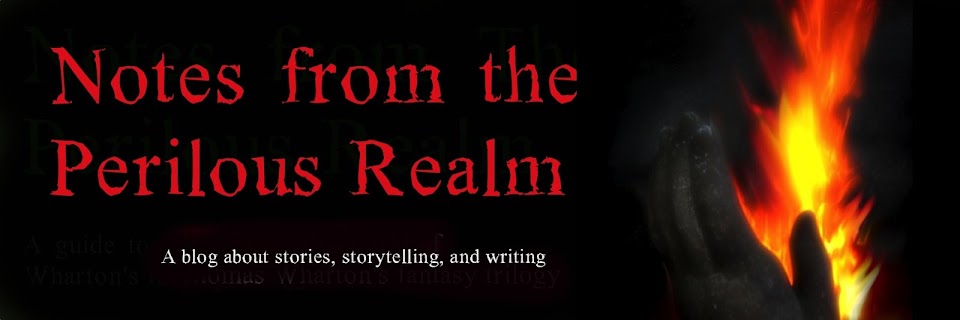
There was a time, long ago, when no one knew that Rabbit was a coward. All the creatures thought Rabbit was a very brave animal, because he told everyone he was, and so they all respected him and left him alone.
One morning Rabbit went out early to munch some clover. It was a windy morning and the trees were swaying and creaking. Rabbit, being in reality a very nervous, cowardly sort, didn’t like all the noise and commotion. When a leaf blew off one of the trees and its shadow fluttered over him, Rabbit lost his nerve and took off like a shot.
Coyote saw him running. “Look at that Rabbit go,” Coyote said to himself in wonder. “He’s a good runner. About the best I’ve ever seen. I wonder what’s chasing him. It must be something pretty terrifying to scare old Rabbit. I’d better run after him and find out what’s going on, in case it’s something that might harm me, too.”
He sprang after Rabbit, but saw nothing at all coming behind. He passed Grizzly Bear, who called out,
“Hey, Coyote, what are you doing?”
“Something really terrible is after Rabbit,” answered Coyote. “I can’t stop to talk. Come with me, and we’ll find out what’s chasing him!”
“Very well!” cried Grizzly Bear, starting to run after Coyote. If you think that Grizzly Bear can’t run fast, you’re mistaken. He can run very fast when he wants to. He wasn’t really afraid of this terrible thing that was chasing Rabbit, because he himself was the biggest, most frightening creature he'd ever met. But he was curious and wanted to find out what could possibly frighten the fearless Rabbit.
So now there were two racing after Rabbit to find out what he was running from. But Rabbit kept getting further and further away from them.
They raced through woods, over hills and mountains, until they came to the wide open plains.
Coyote’s tongue was hanging out his mouth. He had to stop. Not long after, Grizzly Bear caught up to him.
“I don’t see anything following us or Rabbit,” Grizzly Bear said, throwing himself down in exhaustion. “And Rabbit is long gone.”
“Rabbit is the fastest there is,” Coyote said. “If it wasn’t for my nose, I would’ve lost him.”
“Well, your nose won’t help us catch up to him,” Grizzly Bear grumbled. “This is a very flat country. I can see very far here. But I still can’t see Rabbit.”
“I can see him just fine,” Coyote said, squinting his keen eyes. “That’s why I stopped here to wait for you.”
“Well, where is he, then?”
“Right over there,” Coyote said, pointing to a distant clump of sage-brush. And there, almost dead from running, lay Rabbit, his sides going in and out, in and out, very fast.
“Let’s go talk to him,” Grizzly Bear said, and he and Coyote got up and walked toward Rabbit. As they walked they sang a song to let Rabbit know they were not coming as enemies. When they got near enough, Coyote asked,
“Tell us, swift one, what was chasing after you that made you run so fast?”
“I don’t know what it was,” Rabbit gasped. “I was in the forest when something flew over me. It was yellow and it came down at me from one of the trees, and twirled as it fell. I think it wanted to eat me.”
Coyote started laughing when he heard this. He knew right away Rabbit was talking about a leaf. Grizzly Bear didn’t catch on right away. It usually takes him a little longer than Coyote. He looked at Coyote rolling around with laughter.
“What is it? What’s so funny?” Grizzly Bear growled. He was annoyed by the fact that Coyote always got the joke first.
“It was a leaf,” Coyote explained. “Rabbit was frightened by a leaf!”
Grizzly Bear started laughing too.
“You little coward!” Grizzly Bear growled. “You made us run all that way for nothing!”
“Let’s go tell everyone about this,” Coyote shouted. He loved causing trouble.
“Yes, let’s!” Grizzly Bear agreed.
And they went off to tell everyone how cowardly Rabbit was. And ever since that day, all the creatures know how easily frightened Rabbit is, and they often chase him just for the fun of it.
-- Adapted from Kootenai Why Tales, by Frank Linderman






